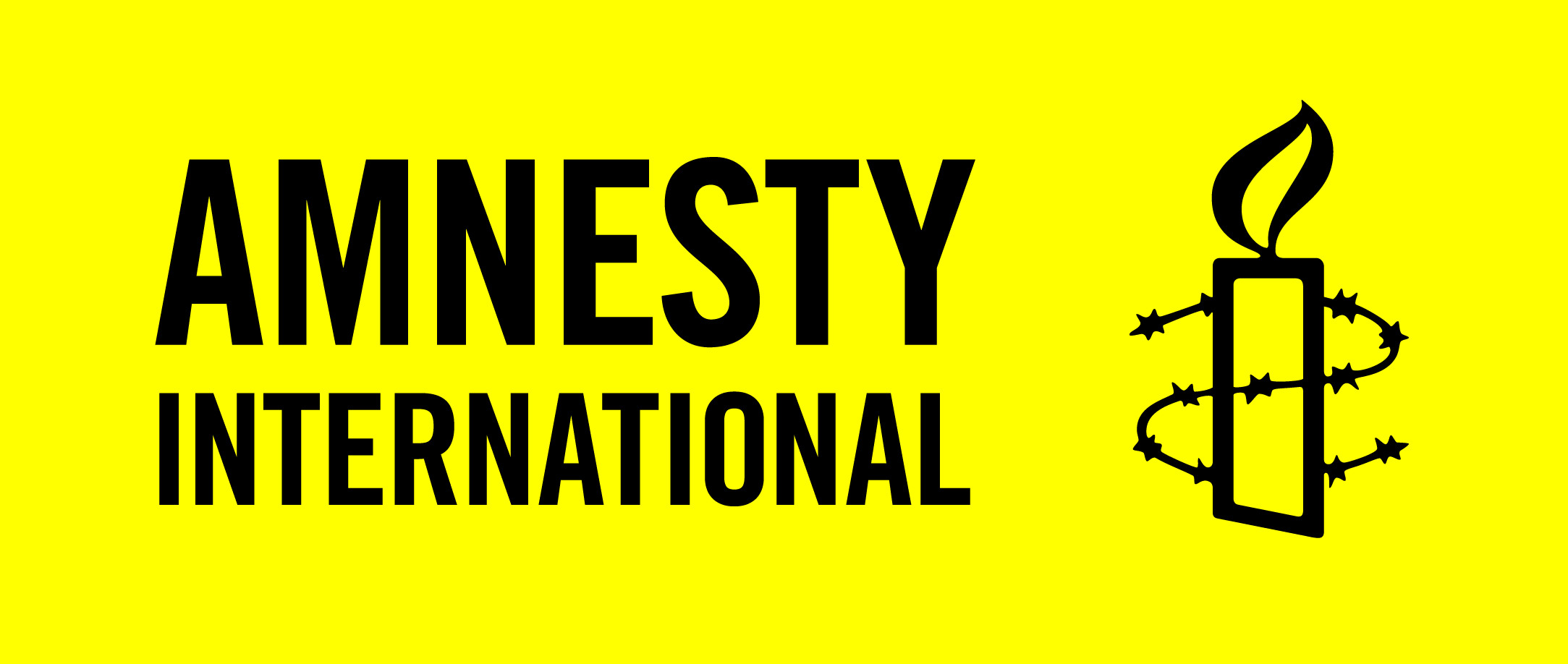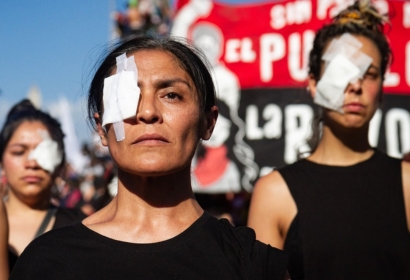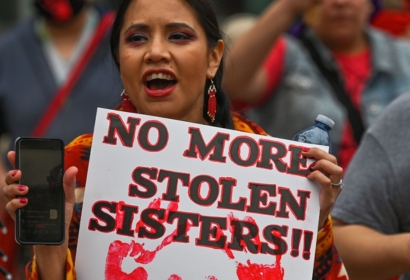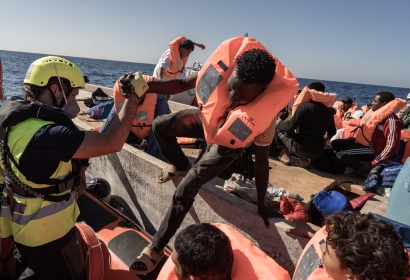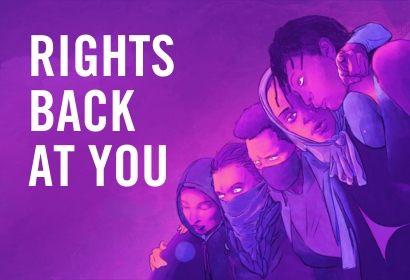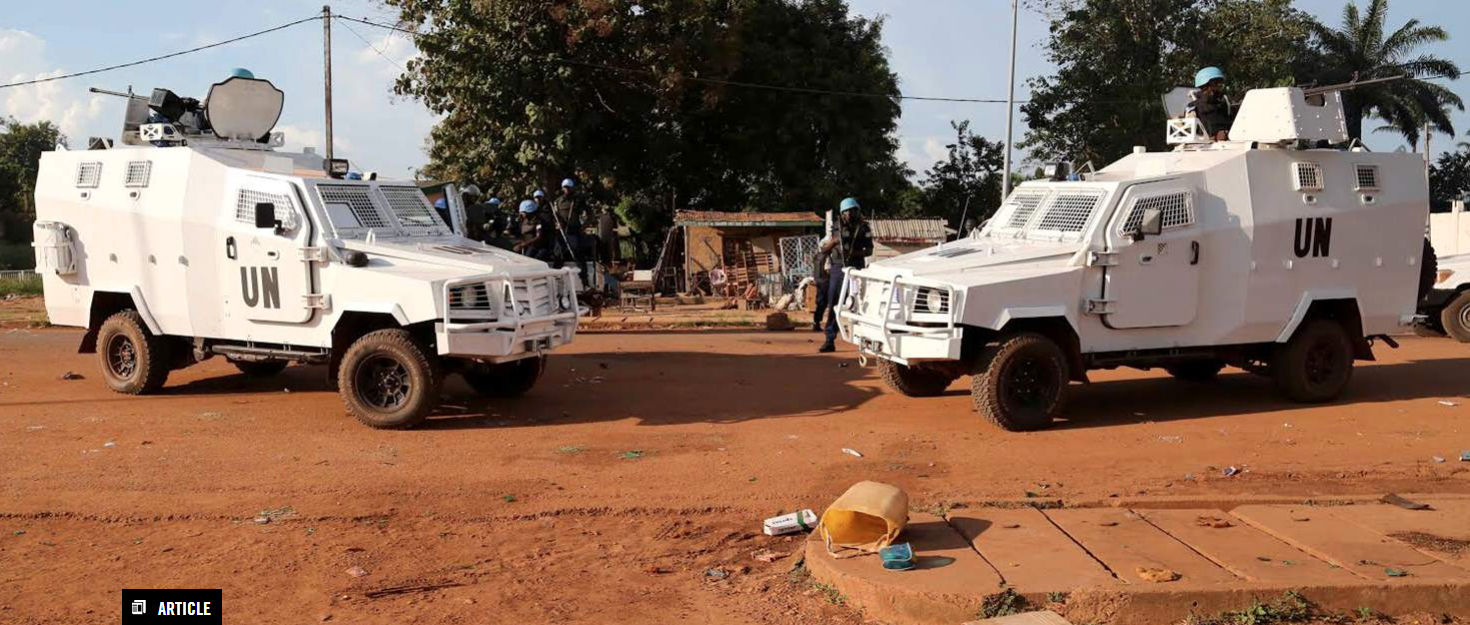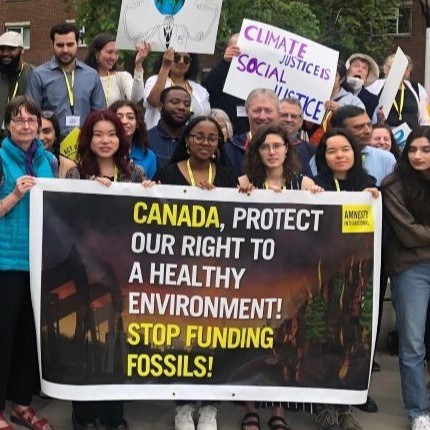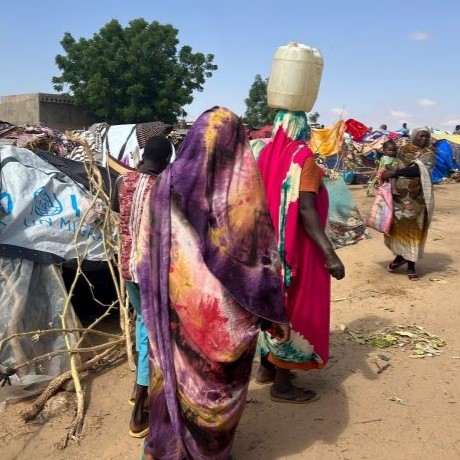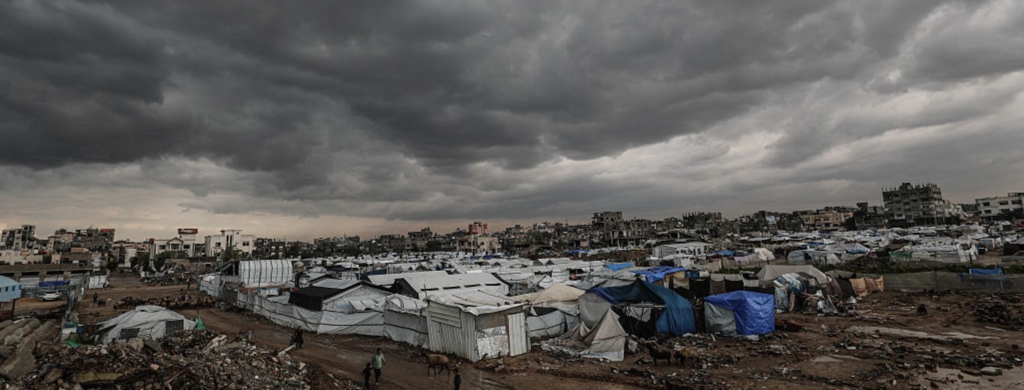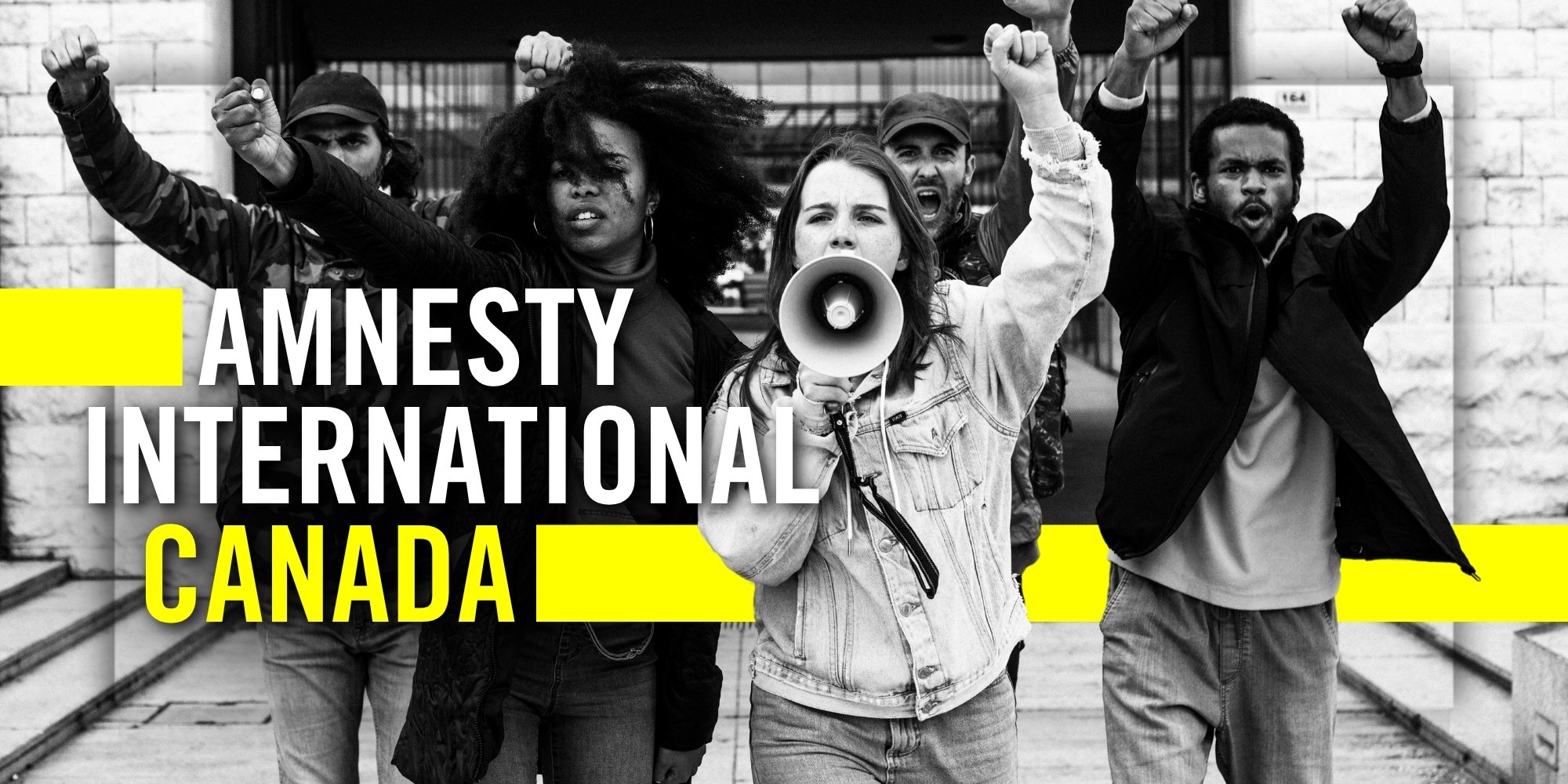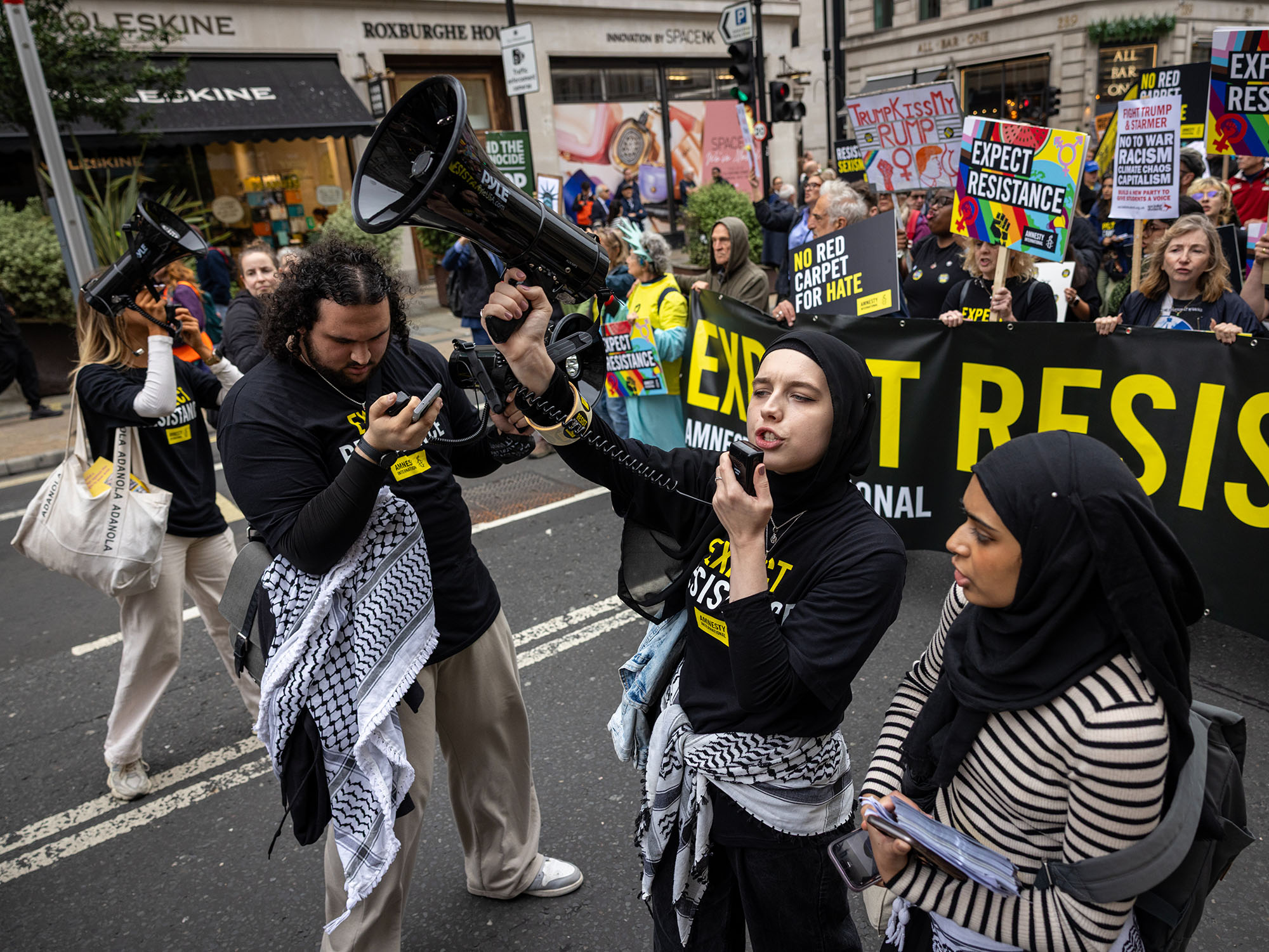The United Nations must carry out a thorough investigation into UN peacekeeping troops’ response to a recent attack that killed as many as 100 civilians in a displaced persons camp in the Central African Republic, Amnesty International said today in a new report.
According to multiple eyewitnesses, UN peacekeepers did not engage an attack by an armed group but instead retreated in an armoured vehicle to their central base, leaving thousands of civilians unprotected at the camp in Alindao on 15 November.
An immediate and impartial inquiry must focus, in particular, on whether the United Nations Multidimensional Integrated Stabilization Mission in the Central African Republic (MINUSCA) failed in its duty to protect the lives of more than 18,000 people residing at the site.
“Scores of civilians at the displaced persons camp in Alindao were massacred after the UN peacekeepers charged with protecting them failed to take action to fend off their armed attackers,” said Joanne Mariner, Senior Crisis Response Adviser at Amnesty International.
“While UN troops were badly outnumbered by armed attackers, their actions—both before and during the attack—raise serious questions as to whether they lived up to their mandate to protect civilians.”
MINUSCA told Amnesty International that, given the small number of peacekeepers, it would have been impossible for them to contain the violence. But it is far from clear that, with their armoured vehicles and heavier weapons, the troops could not have taken defensive positions that might have deterred the attack, particularly had they fired warning shots.
Bloody attack
At around 8-8:30am on 15 November, a Seleka off-shoot called the Union for Peace in the Central African Republic (Union pour la Paix en Centrafrique, UPC) attacked the displaced persons camp located at Alindao’s Catholic mission. They fired mortars and rocket-propelled grenades at the site, and then looted and burned the majority of the displaced persons’ dwellings.
The UPC fighters were joined by many armed Muslim civilians from Alindao and surrounding villages. They were reportedly angered by previous killings of Muslim civilians in the area, including the murder of a Muslim motorcycle-taxi driver that same morning.
Amnesty International interviewed 20 survivors, many of whom described how Mauritanian MINUSCA peacekeepers stationed at the site failed to respond to the attack. Rather than defend against the attackers, or even fire warning shots, the Mauritanian troops retreated to their main base at the site.
By the time the attackers finished plundering and burning the site toward the end of the day, at least 70 civilians had been killed – with some sources estimating a total of nearly 100 dead – and around 18,000 displaced civilians had been forced to flee again.
Women, children and vulnerable IDPs killed en masse
The dead included many women, children, older people, and people with disabilities.
Georgette, whose family had been forced to flee her home in Alindao’s Bangui-ville neighbourhood in May 2017, lost both her mother and her eight-year-old daughter when attackers broke down the door to their home and shot them. Her mother, Marie, age about 65, died on the spot; her daughter, Natasha, died 10 days later at the hospital in Bambari, where she had been transferred to receive medical care.
Older people and people with disabilities were particularly vulnerable, and were killed in large numbers when they were unable to run away to escape the attack. Many were burned alive in their shelters, which were made of wooden poles and extremely combustible dried vegetation.
The attackers also killed two Catholic priests – Fr. Prospère Blaise Mada and Fr. Célestin Ngoumbango. While Amnesty International was unable to confirm whether they were purposefully targeted as priests, witnesses said they were wearing their priestly cassocks when killed.
UPC fighters and their accomplices massively looted and then burnt down nearly all of the shelters on the site and emptied a storehouse used by the World Food Programme. Amnesty International reviewed satellite imagery clearly indicating the area that had been burnt.
“The United Nations needs to assess whether the massacre at Alindao was preventable, and, most importantly, what it can do to ensure that future violent attacks on civilians are deterred or contained,” said Joanne Mariner.
Given a robust mandate to protect civilians, MINUSCA forces have maintained a long-standing presence at the IDP site in Alindao. Before the current posting of Mauritanian peacekeepers (which, since the 15 November attack, have been joined by a contingent of Rwandan troops), Burundian troops protected the site.
Numerous former residents of the site told Amnesty International that the Mauritanian peacekeepers, based there since about May, failed to properly control the area and prevent the entry of arms and armed fighters. In contrast to MINUSCA contingents previously based at the site, they rarely carried out patrols, and delegated much of their day-to-day duties to a small “security team” of anti-balaka fighters.
“The Mauritanian peacekeepers’ apparent acceptance of anti-balaka control of the site put the civilian population in great danger,” said Joanne Mariner.
MINUSCA denied that its forces allowed the anti-balaka to operate at the camp, pointing out that the camp is huge, making control over it extremely difficult. However, the actions of the Mauritanian troops showed that they not only knew of the anti-balaka fighters’ presence, they authorized it.
Threat of further violence
The threat of further attacks against displaced civilians looms large elsewhere in the country. On 4 December, UPC fighters reportedly attacked another IDP site run by the Catholic church in Ippy, resulting in the deaths of two children. Eyewitnesses told Amnesty International that Mauritanian MINUSCA peacekeepers were present at the time, but failed to prevent the attack.
UN vote to renew peacekeeping mandate
The UN Security Council is holding a vote on 14 December to renew MINUSCA’s mandate for another year. Amnesty International supports MINUSCA’s presence in the Central African Republic, and recognizes that, despite the many challenges, the peacekeeping force has saved countless lives. It calls on the international community to ensure, however, that the force is adequately trained, structured, and equipped to deliver on its ambitious mandate.
“United Nations Secretary-General António Guterres should set up a thorough and timely independent investigation into what led to the killings in Alindao. This will help the UN better fulfill its mandate of protecting the Central African Republic’s civilians,” said Joanne Mariner.
“The report of the investigation should be made public, and its recommendations should lead to concrete action.”
In addition, MINUSCA should ensure that adequate military forces with appropriate equipment carry out robust patrols in high-risk areas of the country, including Bambari, Batangafo, Alindao, Ippy, and Bangassou.
For more information, or to arrange an interview, please contact:
Lucy Scholey, Amnesty International Canada (English): +1 613-744-7667 ext. 236; lscholey@amnesty.ca.

